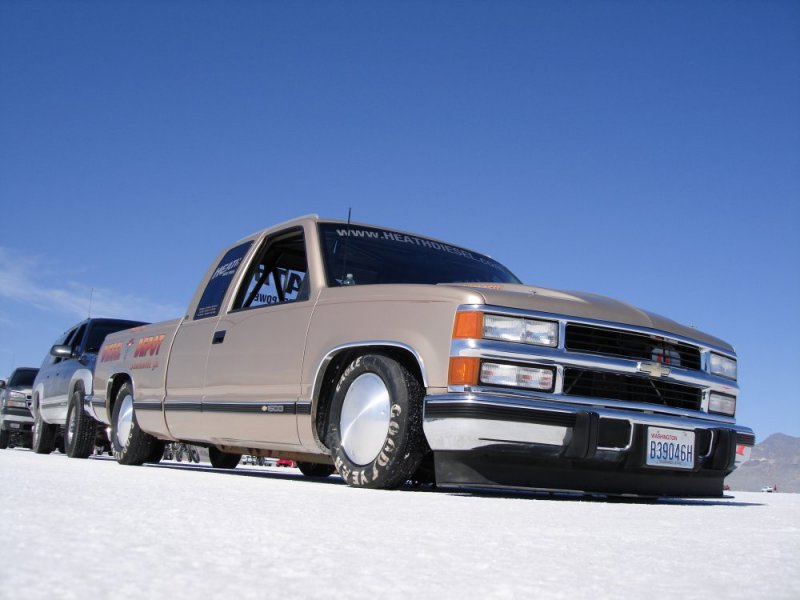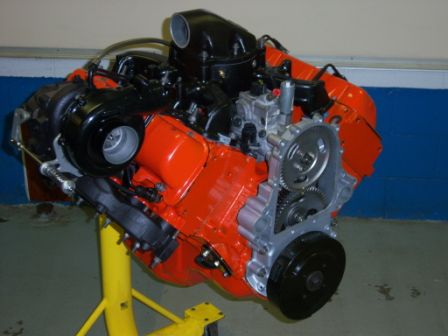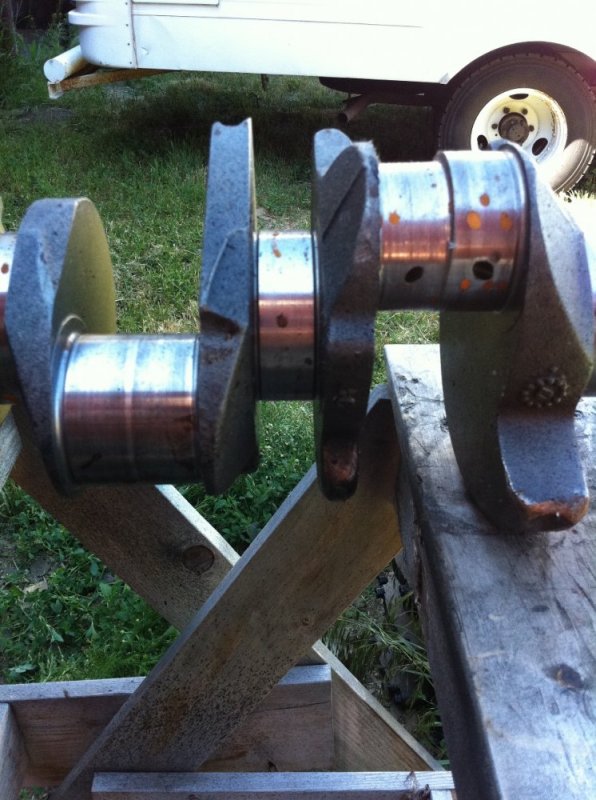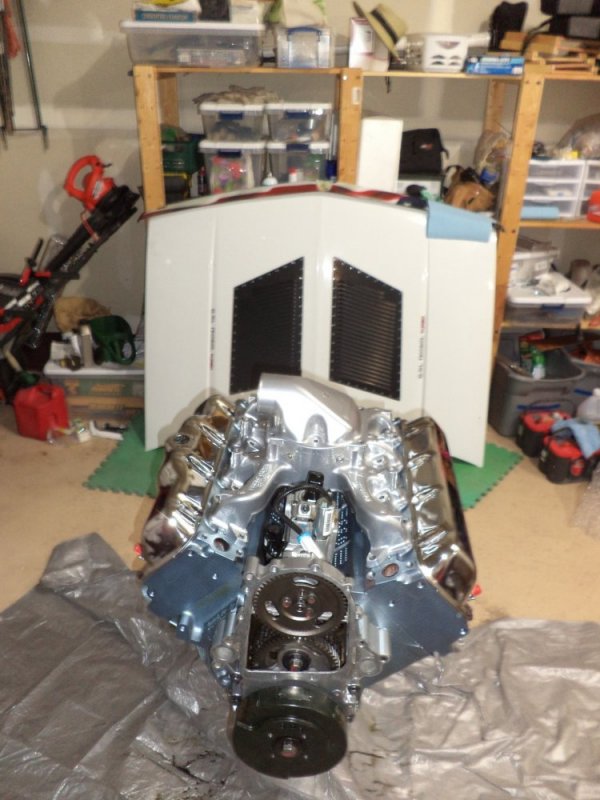consaka
Active Member
Is there anything better? I am doing a rebuild of a performance 6.5. Actually I should say a buildup of a 6.5. I have one nice S shaped connecting rod that would seem to indicate a potential weakness. Granted it was shoving a piston too big for the cylinder through it anyway but I have heard of others having bent rods from other misc performance mods.
If there is something even marginally tougher I'd like to use that if possible. How about 6.2 rods? Where they any stouter?
If there is something even marginally tougher I'd like to use that if possible. How about 6.2 rods? Where they any stouter?




